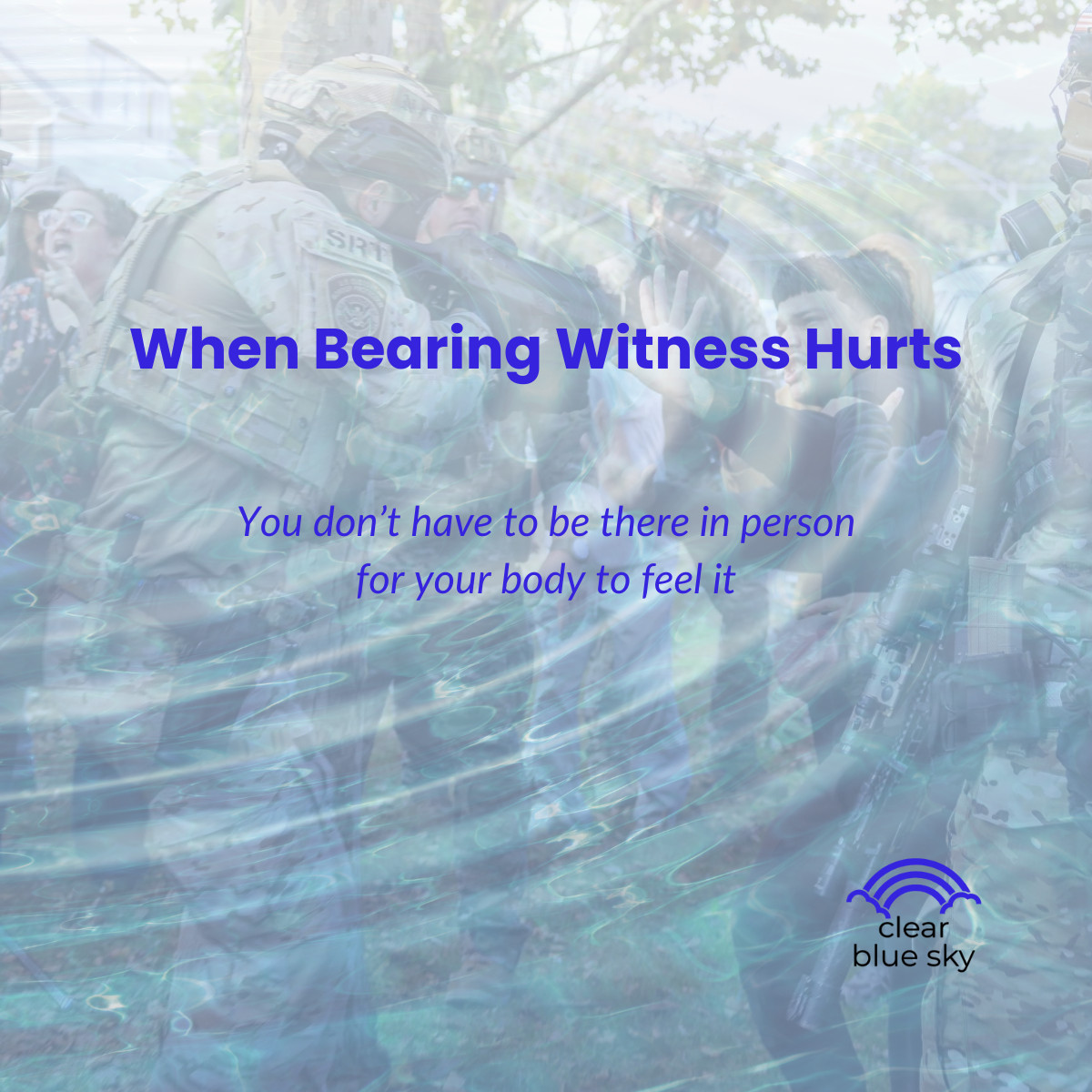
“Ayúdame”: The Sound That Stays
Content note: This post references distressing events involving immigration enforcement and public violence.
The moment that stayed
For decades, therapists, physicians, first responders, and journalists have known what it means to carry images you can’t unsee. People whose work brings them close to suffering learn early how proximity to trauma leaves residue in the body.
But now, you don’t need to work in an ER or a war zone to feel that weight. Just scrolling social media or watching the evening news can expose anyone to horrifying events they have no power to remedy.
A man crying out “ayúdame, ayúdame.”
A woman pleading for a name, a family, someone to call.
A famous man shot in front of a crowd — his death uploaded to social media within seconds.
You pause the clip, but the sound doesn’t pause in you. That isn’t oversensitivity — it’s your nervous system doing exactly what it’s built to do: respond to threat and suffering as if you were there.
When witnessing becomes a wound
The DSM-IV criteria for post-traumatic stress disorder required that a person experiencing or witnessing an event also have a response that included intense fear, helplessness, or horror. Think about that for a moment: fear, helplessness, horror. Those are the very reactions people describe while scrolling social media — watching violence, raids, or detainments unfold in real time with no way to intervene. The medium has changed, but the body’s response hasn’t.
Secondary trauma — sometimes called vicarious trauma — happens when we absorb the emotional impact of others’ suffering. Our mirror neurons fire; our heart races. Even from miles away, the body registers danger.
Why it lingers
Your nervous system doesn’t traffic in abstraction; it trades in sensation. Each replay of the footage re-ignites the body’s alarm. When there’s nothing tangible to do — no one to help, no direct action — the stress hormones circulate with nowhere to land. That’s why you may feel restless, irritable, or heavy afterward. It’s not oversensitivity. It’s physiology.
Caring without collapsing
So what can you do when bearing witness hurts?
- Name what’s happening. Say to yourself, “I’m having a trauma response to what I saw.” Naming brings the reasoning brain back online.
- Ground through the senses. Five things you see, four you touch, three you hear, two you smell, one you taste. This pattern helps the body orient to safety in the present.
- Connect with others who care. Share — not the video, but the feeling — with someone who can hold it with you. Empathy metabolizes through relationship.
- Take one humane action. Donate, call, write, volunteer. Then stop. Let your body know the message was delivered.
The wisdom of enough
When I was in clinical supervision years ago, my mentor MJ Gilbert often quoted Rabbi Tarfon:
“It is not your job to complete the task, but neither may you shirk from it.”
That wisdom has become my compass in moments like these. It reminds us that witnessing calls for response — but also for boundary. We act because conscience requires it. We rest because no single nervous system can hold the world’s pain alone.
If the sound still echoes
If images or sounds like these replay in your mind — if sleep feels brittle or your heart leaps every time another clip starts auto-playing — please reach out. EMDR therapy can help your brain file the memory where it belongs: in the past.
Message me or reply below — I want to help.
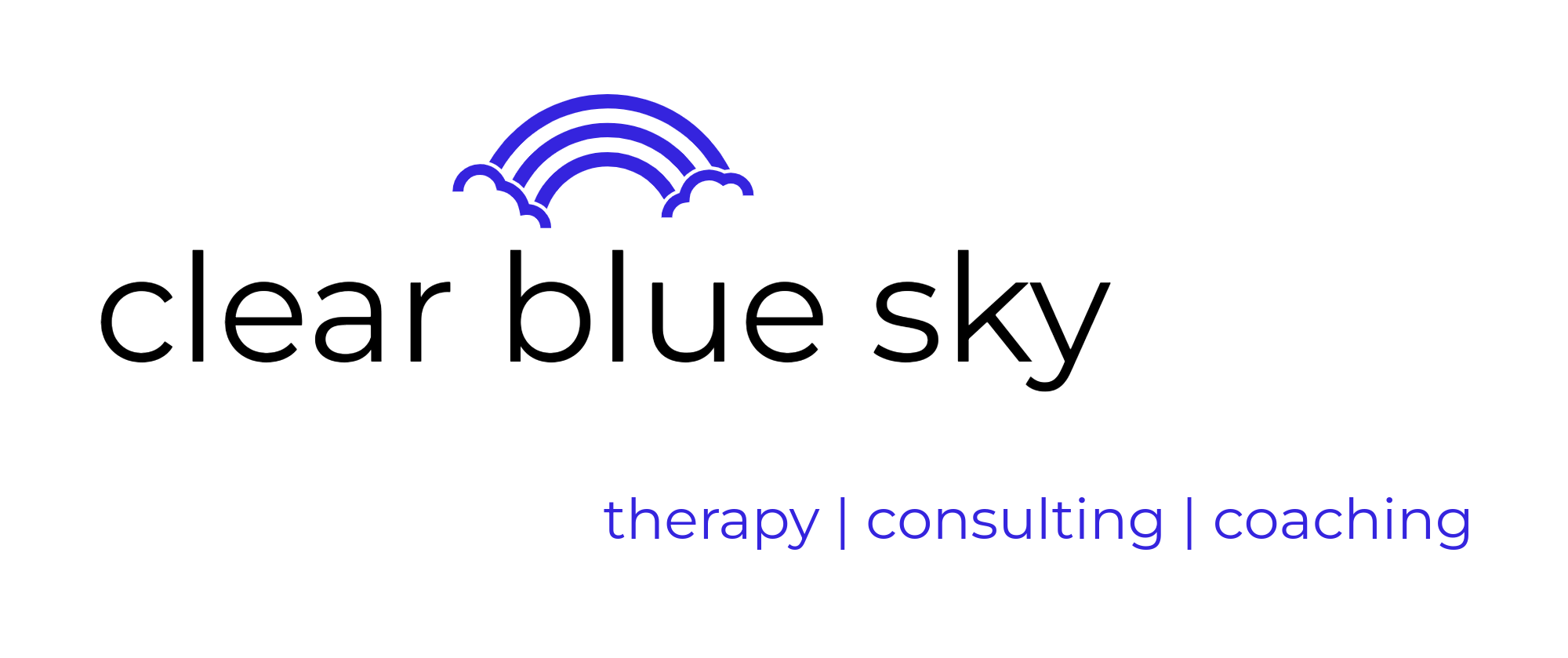


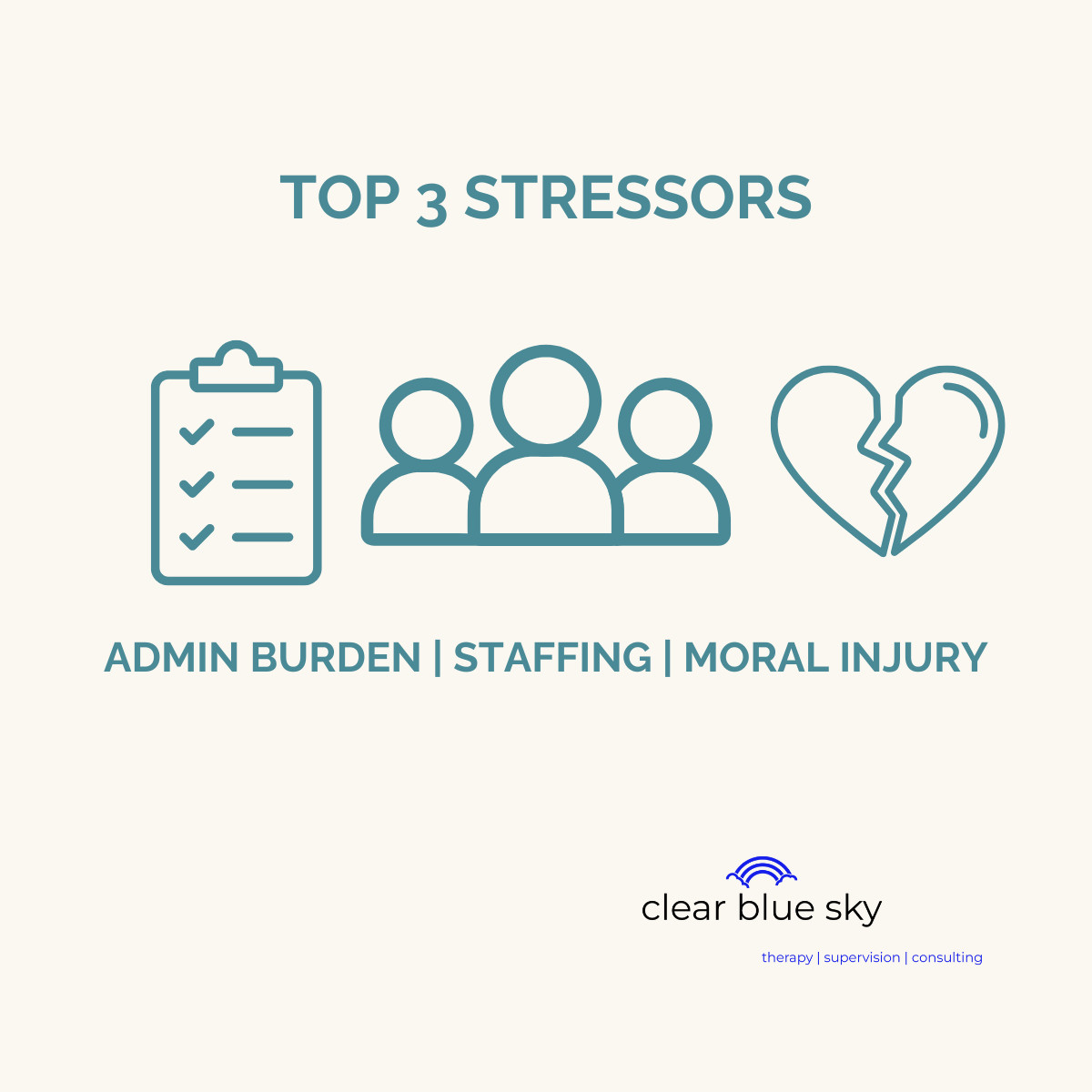




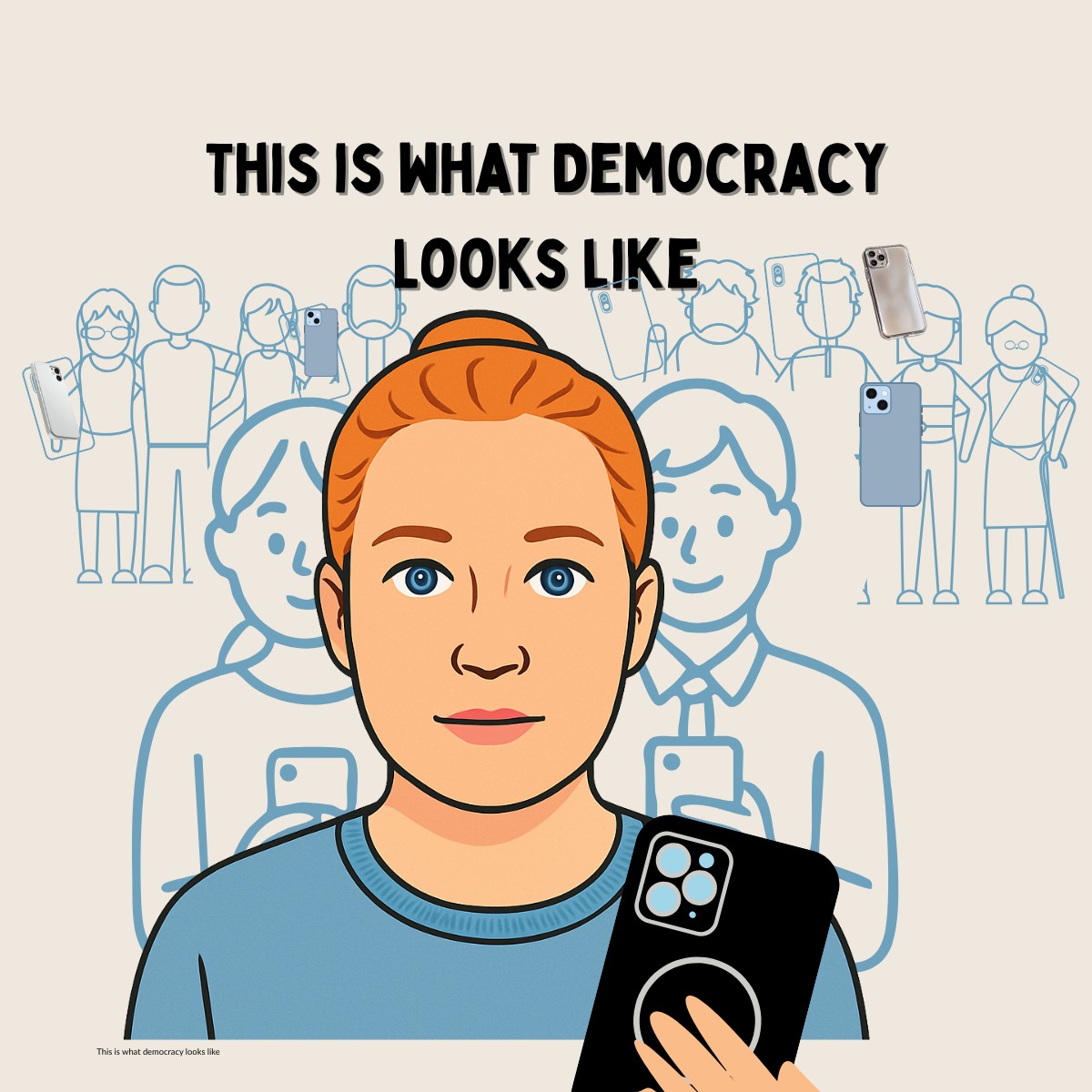

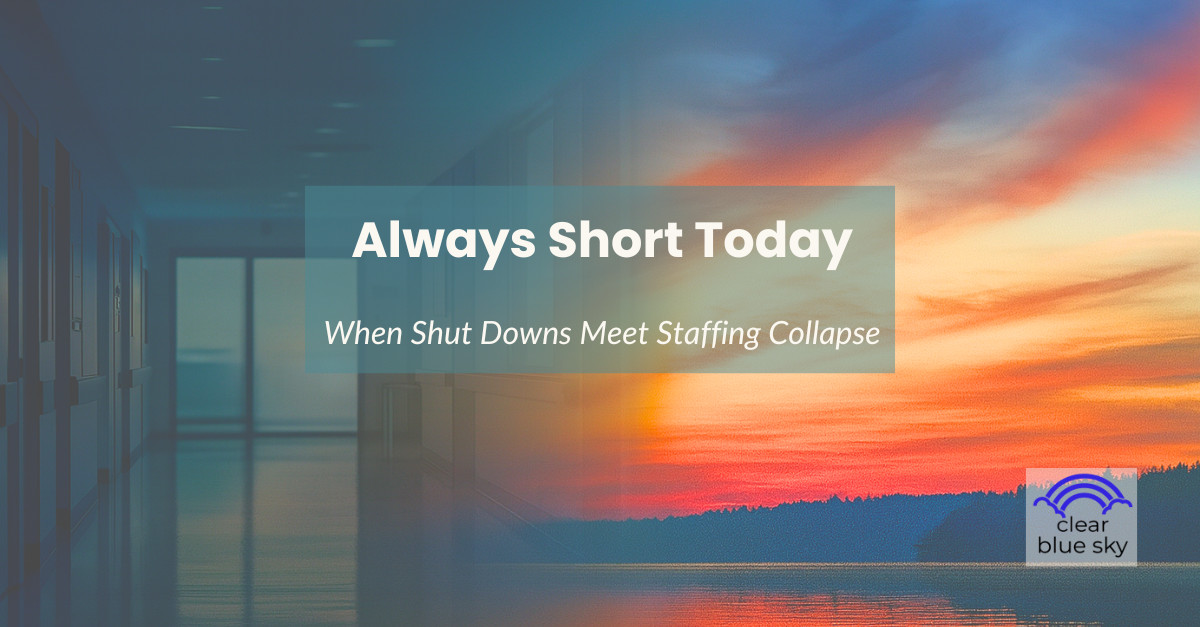

0 Comments